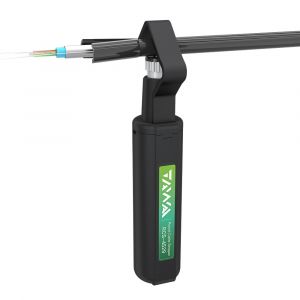5G is here. A new generation of revolutionary technologies appears in global mobile communications every decade. The 5G network has expanded from the mobile Internet to the field of mobile Internet of Things, and its service objects have expanded from people-to-people communications to people-to-things, and things-to-things communications. It will be deeply integrated with various fields of economy and society, triggering profound changes in production and lifestyle.
The 5G bearer network is equivalent to the highway of the 5G end-to-end system and is an important cornerstone of the entire 5G industrialization process. Many leading operators around the world have put the construction of 5G bearer networks on the agenda, and have started related key technology research, verification and testing. The main challenges facing the 5G bearer network are the three issues of ultra-large bandwidth, ultra-low latency, and joint management and control.
In order to solve the problem of large-bandwidth data transmission in base stations, network capacity needs to be increased. The required transmission bandwidth of 5G medium and low frequency base stations is 2~5Gbit/s, which is about 10-15 times that of 4G base stations. The bandwidth of the base station access ring line in my country needs to be expanded from a large amount of 1Gbit/s and a small amount of 10Gbit/s on the existing network, and needs to be rapidly expanded or newly built to 50Gbit/s or even 100Gbit/s; the core and aggregation layer network bandwidth needs to be built through the construction of multiple 100Gbit/s , 200Gbit/s or even 400Gbit/s system to meet the Tbit/s capacity requirement.
To ensure ultra-low latency services, it is necessary to strengthen the optimization of optical fiber network topology. Services such as the Internet of Vehicles, Smart Grid, and Industrial Internet all have stricter requirements for end-to-end low-latency performance. The 5G network bearer network delay index is an ultra-low delay requirement of a few us to dozens of us. It is necessary to combine various business application scenarios and strengthen network topology planning and delay index allocation to meet the ultra-low delay challenge.
To support services such as network slicing, joint management and control are required. 5G proposes the full lifecycle management and control requirements of network slicing for three types of business scenarios. Therefore, the 5G network bearer network must not only support the software and hardware isolation capabilities of bandwidth resources on the data plane, but also support the joint management and control architecture of 5G service orchestration on the management and control plane. Standard northbound interface realizes network slicing control and performance monitoring operation service capabilities for emerging businesses such as vertical industries.






